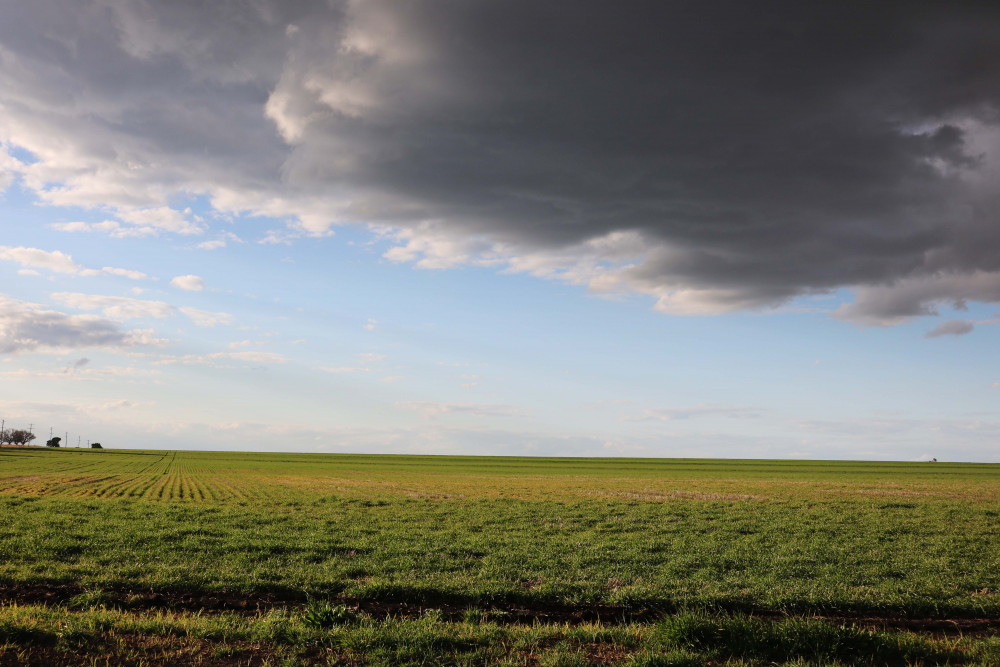1 September, 2021
Clifton winter rainfall tops 100mm
With winter officially over, Clifton Post Office has recorded 103.44mm over winter from 1 June to 31 August, slightly above the historical average of 102.8mm and below last year’s total of 120.8mm.

The total rainfall so far this year recorded at Clifton Post Office (as of 31/08/21) has been 483.22mm, comfortably above the January to August mean of 410.5mm and above last year’s total over the same period of 449.8mm.
Records date back to 1893.
This year’s rainfall has been well above the dire totals in 2019, which saw 220.8mm overall, 146mm from January to August and just 25.2mm over winter.
The rainfall across each month this year so far is:
January - 117.4mm
February - 21.2mm
March - 169.8mm
April - 26.2mm
May - 45.2mm
June - 22.8mm
July - 64.4mm
August - 16.2mm
July was particularly wet with 64.4mm - the most since 1998, which saw 85mm fall.
Between 1998 and 2021, the July which saw the most rainfall was 2017, at 63mm.
The average for July is 37.2mm and the wettest July in 1965 saw 133.3mm fall.
Although Clifton Post Office does not record temperatures, personal weather stations on Weather Underground provide not only rainfall but temperature and wind data.
The Clifton Airfield weather station recorded 120.36mm over winter.
The lowest temperature recorded was -4.4°C on 22 July and the highest 26.3°C on 1 August.
Clifton Steve’s weather station, which is located across the road from Clifton Showgrounds, recorded 94.71mm over winter, with a low of -4.4°C also on 22 July and a high of 27.9°C on 22 August.
A third weather station on Grimes Street recorded 105.27mm over winter.
As the new season comes, frosty mornings should be in the rear view mirror with the Bureau of Meteorology predicting a wet and warm spring.
Bureau climatologist Dr Andrew Watkins said the main reason behind the prediction of a wetter than average spring is a climate driver called the Indian Ocean Dipole (IOD).
“We’ve currently got a negative IOD, a phenomenon which typically brings an increased chance of rainfall to southern and eastern Australia,” Dr Watkins said.
“This negative IOD is expected to persist through spring but is currently weaker than the last negative IOD event we saw in 2016, which brought Australia’s wettest May-October period on record.”
Another relevant climate driver, known as the El Niño -Southern Oscillation (or ENSO) is likely to remain neutral with no declaration of a La Niña event expected in the coming months.
With this in mind, Clifton is well on track to surpass the mean annual rainfall of 672.4mm and median annual rainfall of 693mm.


